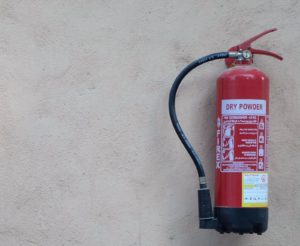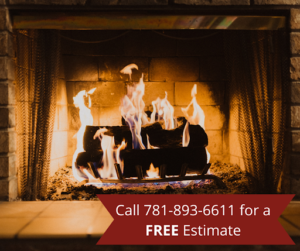4 Reasons July is Your Month for a Chimney Inspection
If you’re currently finding yourself with a LOT more time on your hands, cleaning your house and taking stock of what needs repairs, be sure to remember there’s a giant, important part of your home that you probably haven’t even thought to clean.
It’s your chimney!
Oh yeah…your chimney. Boost your chimney and fireplace performance by getting yours inspected now!
Four reasons now’s the time!
- Keep your home smelling fresh.
Ever heard of creosote? It’s the buildup that comes from wood fires and turns into dark, cruddy deposits in your chimney. Creosote sitting there in your chimney and it’s going to create a terrible odor that will spread all throughout your house. - Make sure your home’s safe…
…from critters. Chimneys are also common entry points for a variety of unwanted pests, ranging from squirrels to birds. A properly installed and inspected chimney cap, pan, or shroud will prevent these pesky critters from entering your property and causing problems. - Don’t let the water in.
All of that rainy weather can cause water damage from the buildup of moisture in your chimney. In fact, water might already be puddling up in there. Your chimney can collect debris and water just like your gutters do. Make sure they’re as clean as can be before things get even worse. - Get ahead of things.
Be prepared for upcoming service needs and long-term maintenance. If you get your chimney inspected now and find that there’s damage that needs repairing by fall/winter, you now have a little more time to act. Prevent chronic issues and costly repairs by spotting and fixing problems early.
Feel as fresh, clean, and smart as possible. Give Southern Chimneys a call today. Our technicians will complete an inside and out 18-point inspection and complete a consultation to address and discuss any issues or concerns.
The post 4 Reasons July is Your Month for a Chimney Inspection first appeared on Southern Chimneys.
This post first appeared on https://southernchimneys.com


 Finally, take a look at the chimney’s bricks to make sure that the mortar is not cracked. Gaps and cracks in the masonry will allow water to enter these areas and potentially grow mold.We would recommend taking a look at your chimney every spring during your spring cleaning.
Finally, take a look at the chimney’s bricks to make sure that the mortar is not cracked. Gaps and cracks in the masonry will allow water to enter these areas and potentially grow mold.We would recommend taking a look at your chimney every spring during your spring cleaning.





 Chimney Fires
Chimney Fires Addressing Chimney Damage
Addressing Chimney Damage